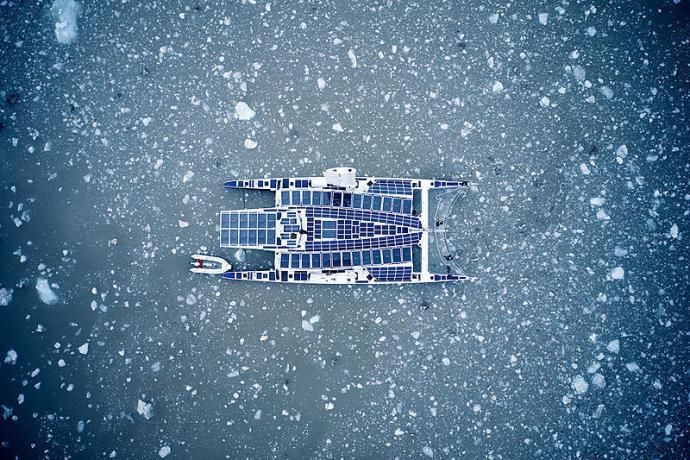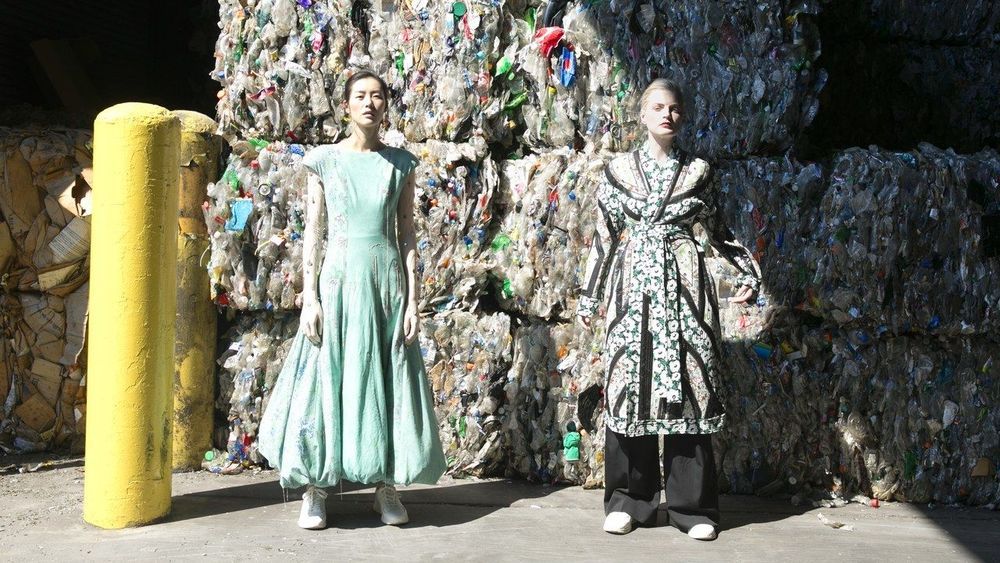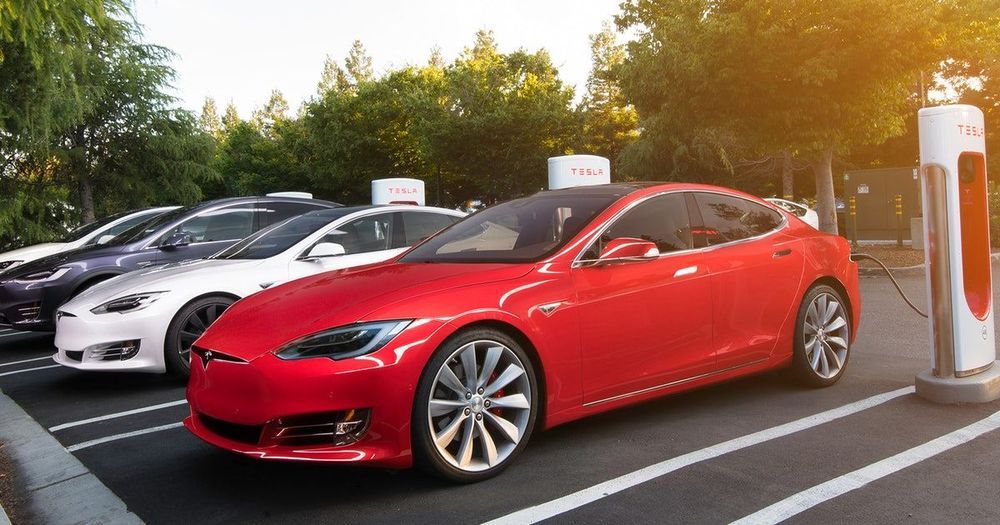This reimagined wind turbine is much more efficient and eye-pleasing.
Category: sustainability – Page 548

Freeman Dyson, 1923–2020
Reeman Dyson, one of the 20th century’s greatest theoretical physicists, died this week aged 96. He is known for popularising the Dyson Sphere – a hypothetical megastructure that could surround an entire star, capturing all of its solar energy.
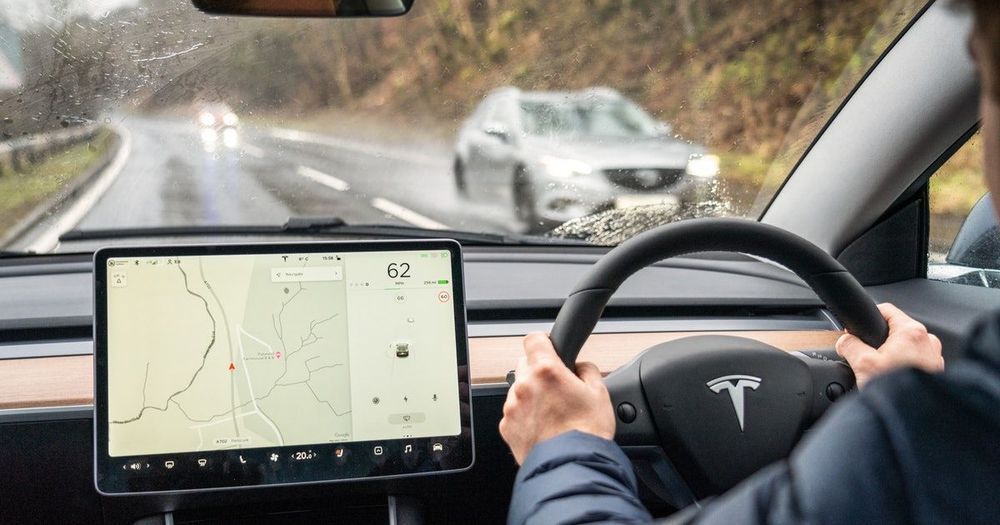
Musk Reads: Tesla Model 3 range gets a big boost
Tesla Model Y deliveries draw closer and the Cybertruck appeals to police. When is a 600-mile Model S arriving? It’s Musk Reads: Tesla Edition #146.
A version of this article appeared in the “Musk Reads” newsletter. Sign up for free here.
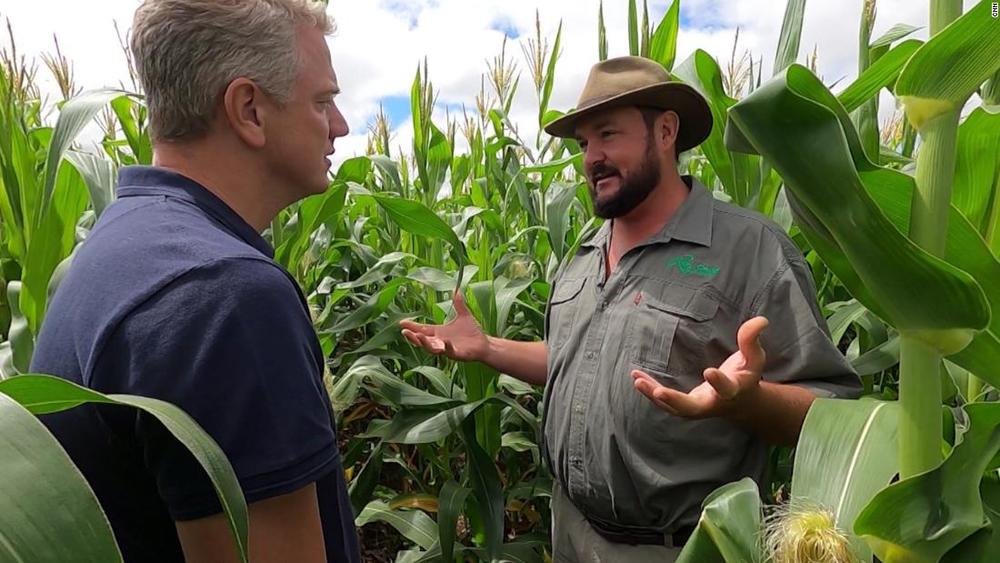
How regenerative agriculture could help save the planet
A quiet revolution is reshaping the agricultural world, with farmers like Danie Slabbert saying that if we want to save the planet, it’s not so much about what we eat, but how we farm. CNN’s David McKenzie reports.

CropBox: A Farm in a Shipping Container
CropBox is a shipping container farm system featuring the latest technology in precision farming.
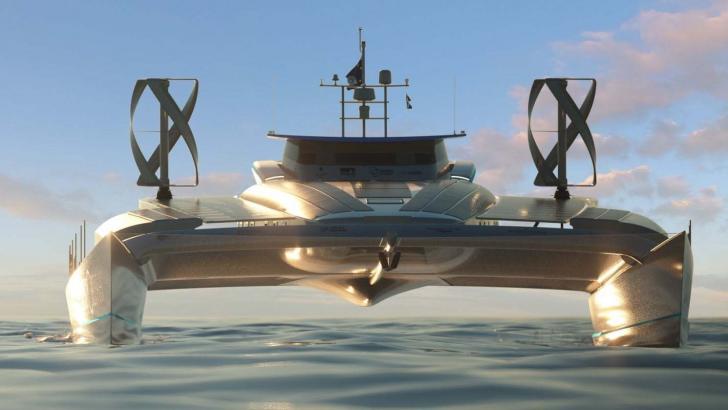
This Superyacht Produces Hydrogen From Seawater As It Sails
The world’s first self-sufficient sea vessel, Energy Observer, is due to leave her home port of Saint-Malo in Brittany, France, over the next few days on the first leg of a global voyage to test and promote renewable energy technologies.
This isn’t just any yacht though, it uses nothing but renewable energy sources to run. Specifically, it produces hydrogen from seawater with zero CO2 emissions and zero fine particles.
